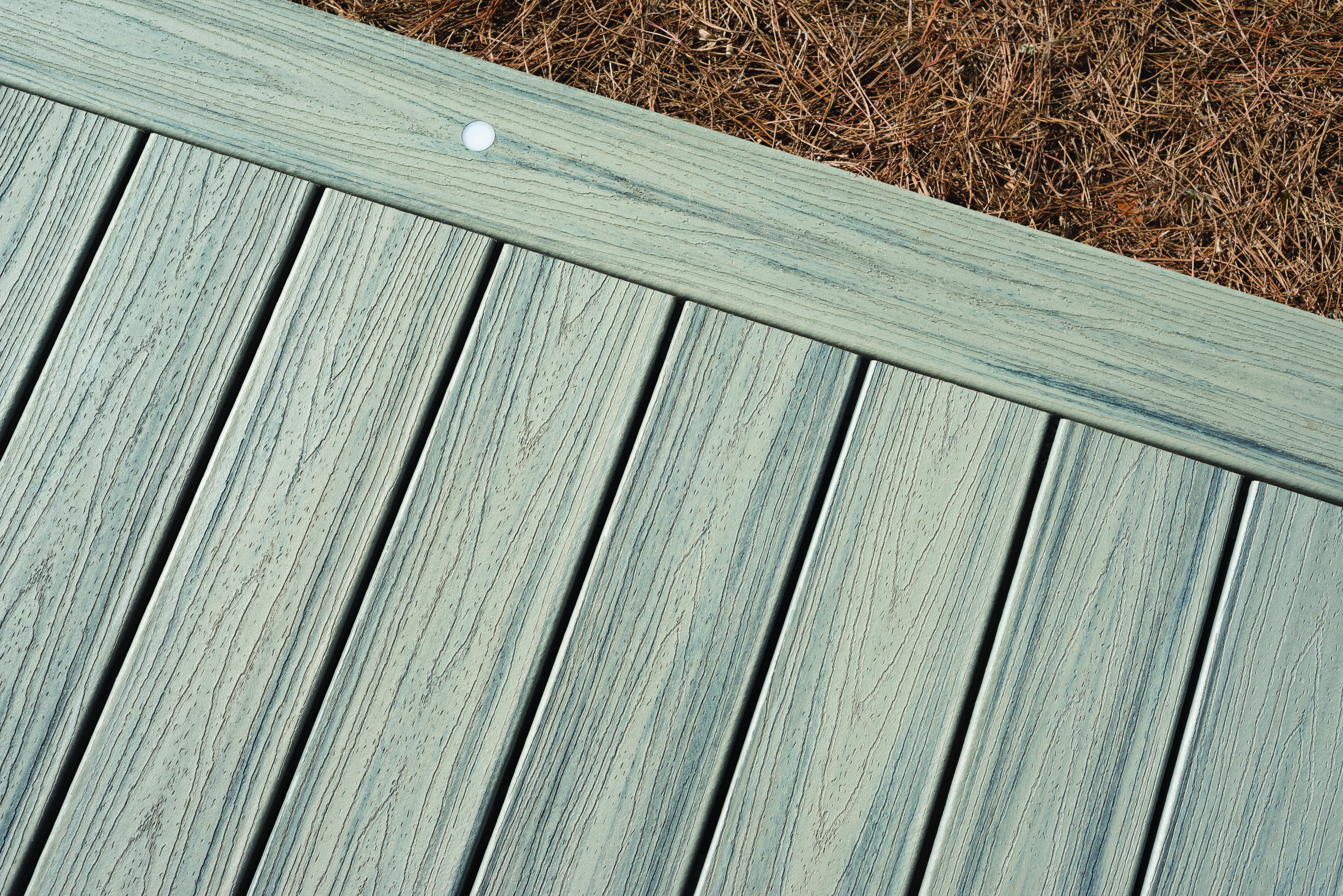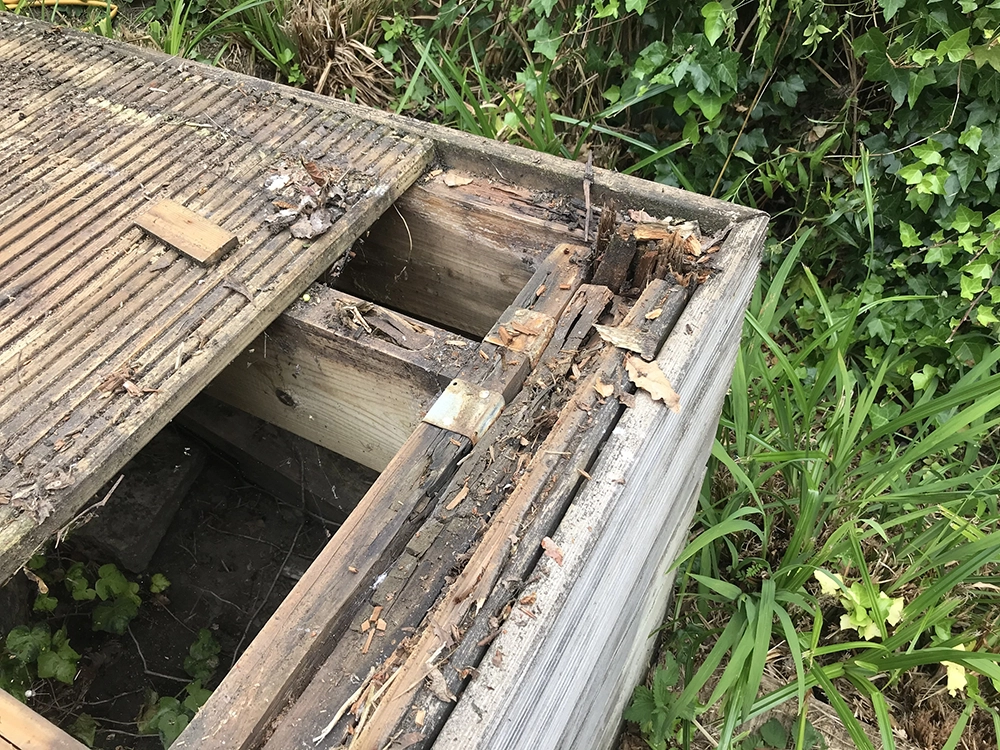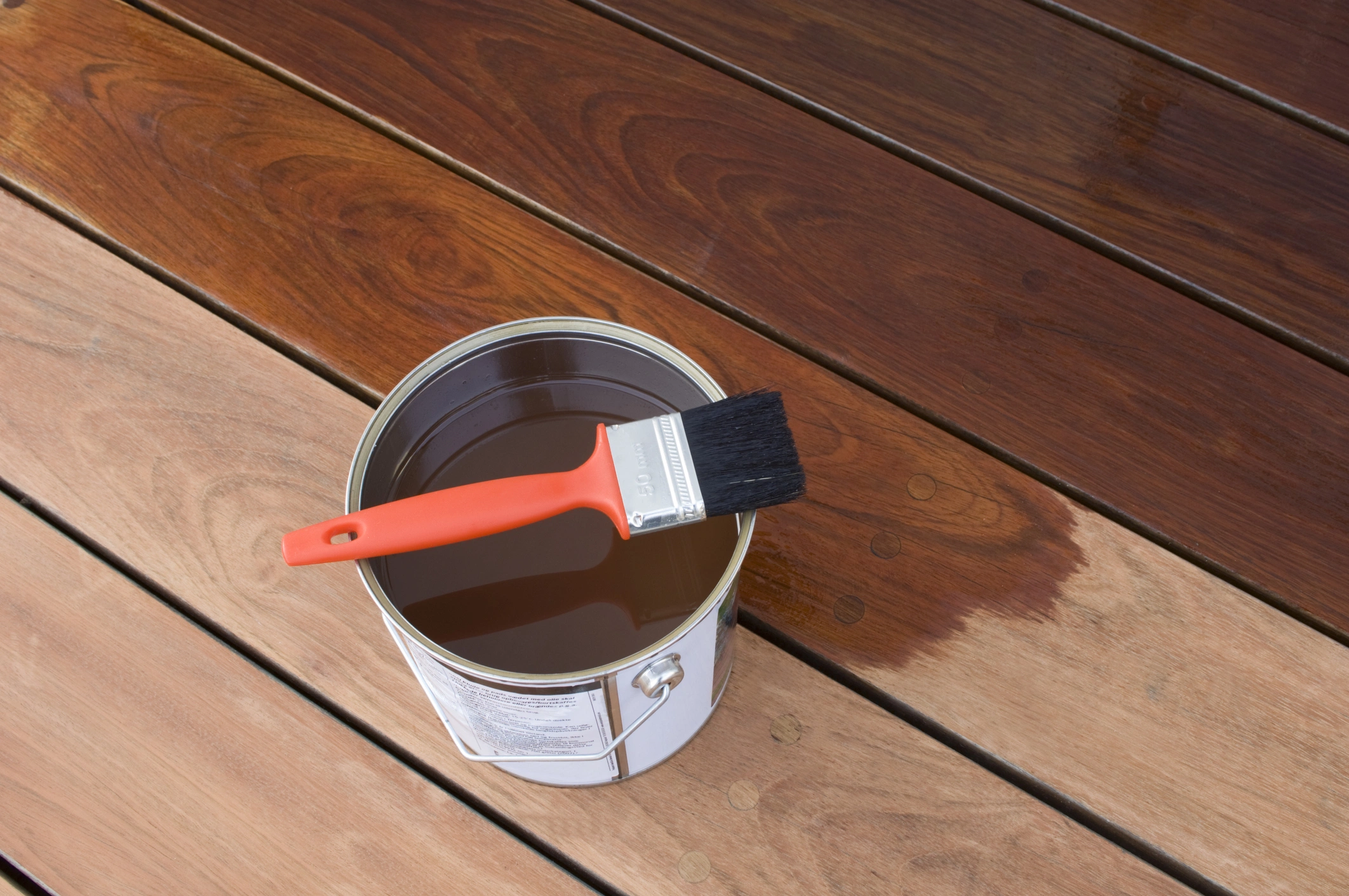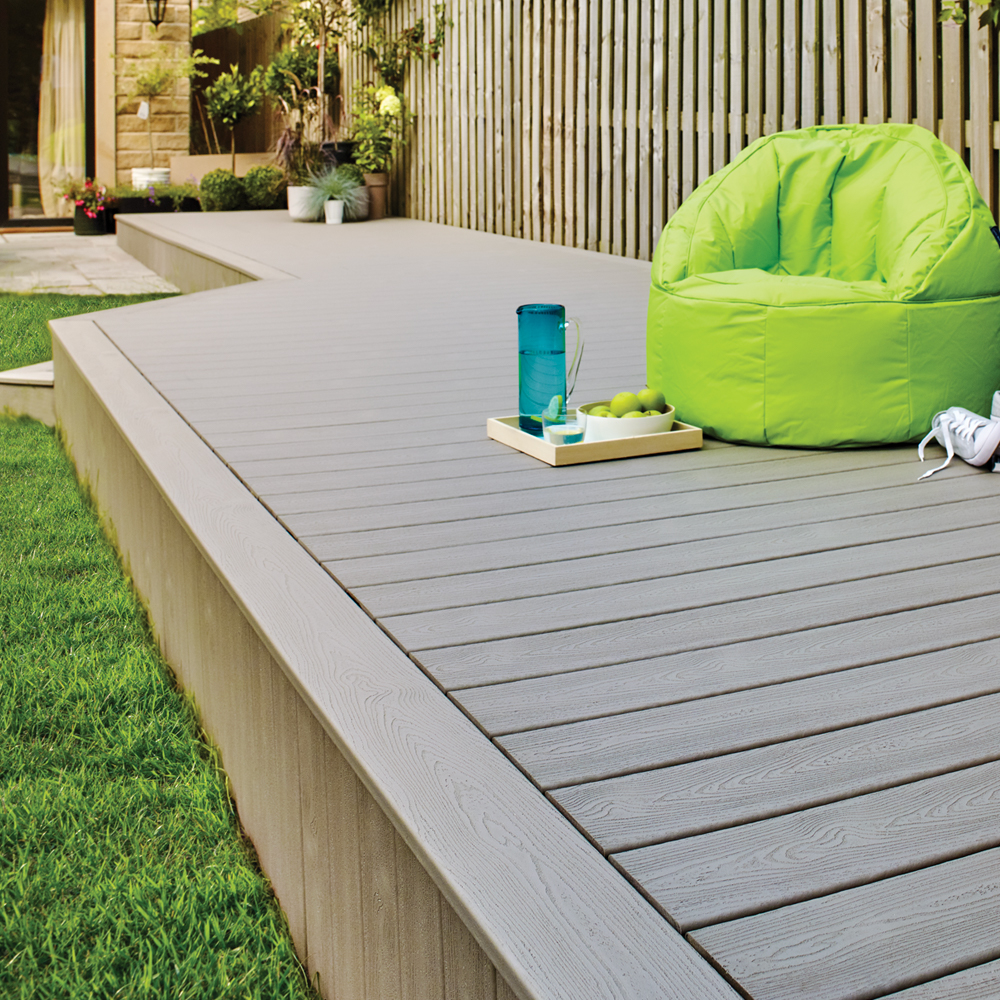Maximizing the lifespan of your deck: Essential maintenance tips with Trex Decking
As an extension of your home, your deck serves as a sanctuary for relaxation, entertainment, and the pleasure of outdoor living. However, maintaining its longevity and aesthetics demands regular upkeep. Whether you cherish moments unwinding in your personal oasis or delight in hosting lively gatherings, these essential deck maintenance tips will help you preserve your deck's beauty and functionality, allowing you to enjoy your garden retreat to its fullest for years to come.

Cleaning Regularly
Keeping your deck clean is essential for preventing the buildup of dirt, debris, and organic matter, including moss and algae. If left untended, these seemingly minor issues can develop into bigger problems such as set-in stains, discolouration, slipperiness, and deck rot. A weekly sweep with a stiff-bristled brush will remove surface grime and fallen leaves, while a timely wash and rinse will help combat algae and moss growth.
For timber decks, washing and then rinsing with a hose will do the job; a pressure washer is unnecessary and can potentially damage your wood. If you do choose to use pressure on your timber deck—or if you have a composite deck—take care to use a proper cleaning agent and a low-pressure setting. Hold the nozzle at a slight angle at least 30 centimeters away from the surface and clean with the grain.

Trex Decking
To keep algae and moss at bay in damp conditions, consider applying an algae/moss inhibitor or treatment after a thorough cleaning to prevent future unwanted growth.
Address any spills and new stains promptly to prevent them from becoming permanent blemishes on your deck. Wipe away a spilled beverage with a damp cloth. For tougher stains, such as oil or grease from outdoor cooking, sprinkle bicarbonate of soda or corn flour over the affected area to absorb the liquid before cleaning. Then, gently scrub the stain away with a mild detergent solution and a soft-bristled brush.
Preventing Water Accumulation
Maintaining proper drainage is crucial for preventing water accumulation on your deck, which can lead to moisture-related issues such as rot and mould growth. Keep your gutters and drainpipes clear to ensure water from your roof flows away efficiently. Additionally, trim back any vegetation surrounding your deck that may overgrow and impede water drainage, causing wet conditions.
Regularly inspect your deck for signs of standing water or pooling, particularly after heavy rainfall or snowmelt. Use a broom or squeegee to remove any excess water and allow the deck surface to dry thoroughly to help prevent moisture-related issues.
Periodically check the gaps between your decking boards to verify that they're unobstructed and can provide drainage as intended. If they're clogged, use a putty knife or screwdriver to remove the bits of debris accumulated between the boards.
Checking for Hazards

Conduct routine inspections to identify potential hazards such as loose boards, protruding nails, or unstable railings. Secure any loose components and tighten fasteners to eliminate tripping hazards and prevent accidents while also heading off issues that could develop into larger concerns over time. Consider installing slip-resistant treads or coatings to enhance traction and reduce the risk of slips and falls, especially in wet conditions.
Addressing Rotten Boards

Trex Decking
In addition to being unattractive, damaged or rotten boards compromise the structural integrity of your deck and pose safety risks. Inspect your deck regularly for signs of rot and decay, such as soft spots, discolouration, or fungal growth. If you notice any damaged boards, replace or repair them promptly to prevent further deterioration and potential accidents.
When replacing boards, use pressure-treated lumber or rot-resistant alternatives to ensure long-lasting durability. Properly secure the new boards with corrosion-resistant screws or nails, and apply wood preservatives to the cut ends to prevent moisture from seeping in.
If the board damage is minor, remove the rotted areas with a chisel or rasp and apply a filler to strengthen the area.
Once you've addressed any existing problems, treat your deck with a wood preservative or fungicide to help prevent further issues.
Refinishing Timber Decking

Trex Decking
Timber decking requires periodic refinishing to protect against weathering and deterioration and to keep it looking top-notch. Before refinishing, thoroughly clean the deck surface to remove dirt, mildew, and any loose or flaking portions of the old finish. Once completely dry, apply a fresh coat of stain or sealant using a brush or roller, following the manufacturer's instructions for best results. Take care to apply the finish evenly and allow adequate drying time between coats. To revive a dulled finish on your composite deck, look for a penetrating oil finish especially suited to composites.
Caring for Deck Furniture and Accessories
Your deck's aesthetic appeal and functionality are greatly enhanced by the furniture and accessories you choose. Regular maintenance of these elements is essential to prolong their lifespan and preserve their appearance. Develop a routine cleaning schedule for items such as tables, chairs, umbrellas, and cushions to remove dirt, pollen, and stains, always using appropriate cleaning agents and techniques to avoid damage. Inspect furniture for signs of wear and tear, including rust, corrosion, or fading, and clean or replace as needed. Consider storing or covering outdoor furniture during inclement weather to protect it from the elements.
Living with Wildlife
While some may choose to share their garden with foxes, they do have a tendency to dig and create dens underneath deck structures, as well as scratch and mark their territory. In the worst case, this weakens the deck foundation, and in the best case, it makes your deck area less tidy. To prevent foxes and other animal pests from taking up residence beneath your deck, it's essential to block access to the area. One of the most common ways to do this is by applying a deck skirting, such as lattice.

Trex Decking
You can deter foxes and other animals that may cause deck or garden damage by adding fencing or placing prickly plants around the perimeter and using motion-activated devices or approved animal repellents.
Robins, thrushes, and bullfinches are typically welcome garden visitors; however, bird droppings, especially those containing berries, can leave unsightly stains on deck surfaces. To prevent staining, regularly inspect your deck for bird activity and promptly clean up any droppings immediately using a gentle detergent solution and a soft brush or sponge.
Safeguarding Your Garden Oasis
Caring for your deck involves a combination of regular cleaning, preventive measures, and prompt attention to any issues that arise. By following these essential maintenance tips, you can preserve the beauty and safety of your outdoor oasis for years to come. Consistently tending to your deck will reward you each time you step out, providing a welcoming garden retreat that invites relaxation, entertainment, and connection with nature.
We hope this article by Trex has helped you understand more about timber decking and how best to maintain it. However, if you have any more questions about timber decking, or would just like to know more about the products we sell at Howarth, we offer helpful advice from our Customer Service team who may be able to advise you further, and you can contact them on the number 01472 907051.
Or if you’re interested in checking out our wide range of timber decking from Trex, you can access the decking category here, or can visit us in branch for more information.
Recent Posts
-
How to Match Bricks: A Complete Guide
Whether you’re extending your home or repairing a damaged wall, matching bricks is essential for ach
-
How to make your home more energy efficient
Every home can be greener but how do we make sure we are living in energy efficient homes? With risi
